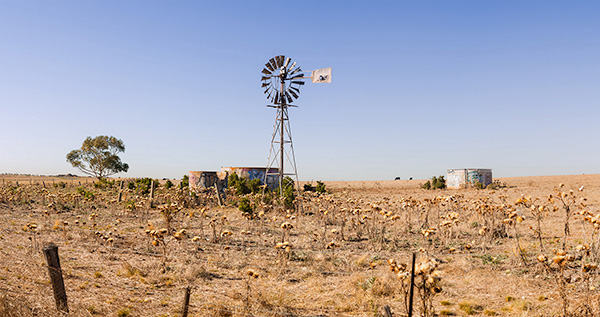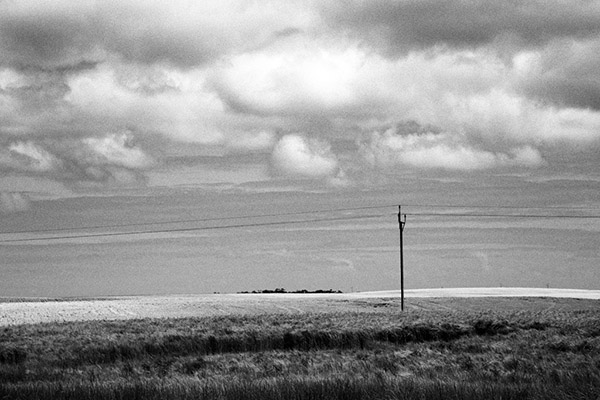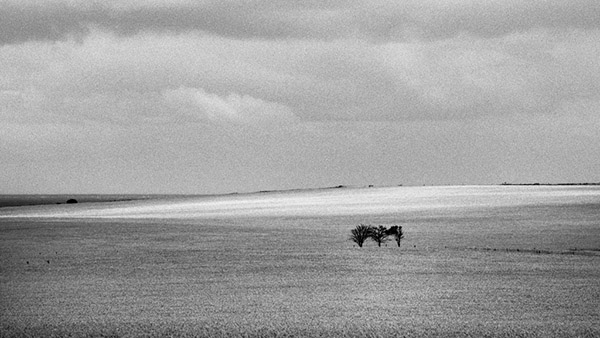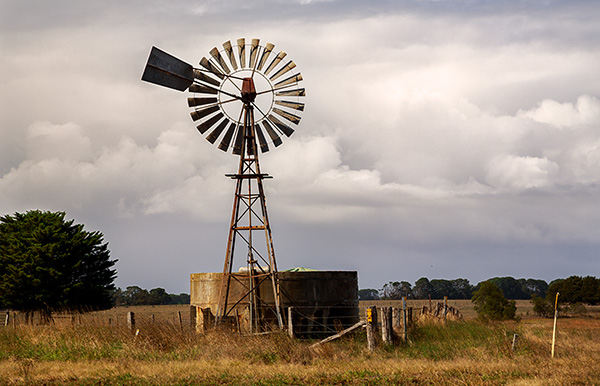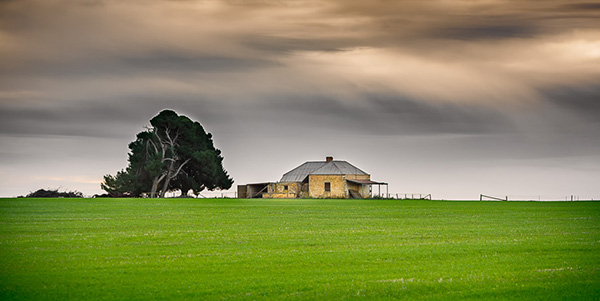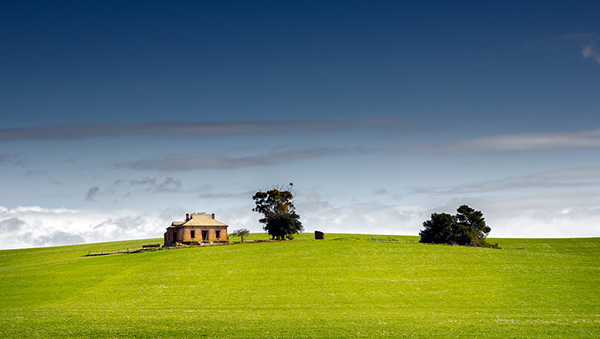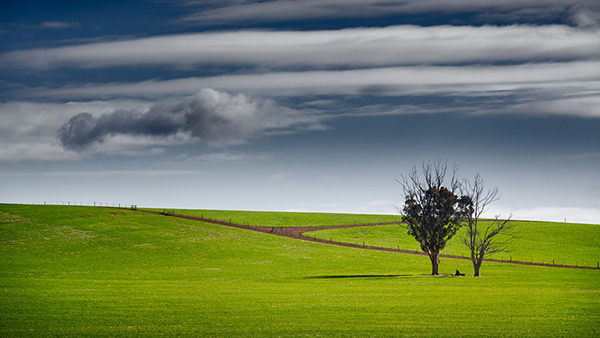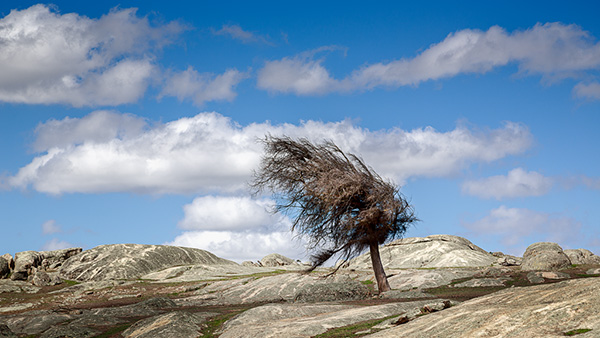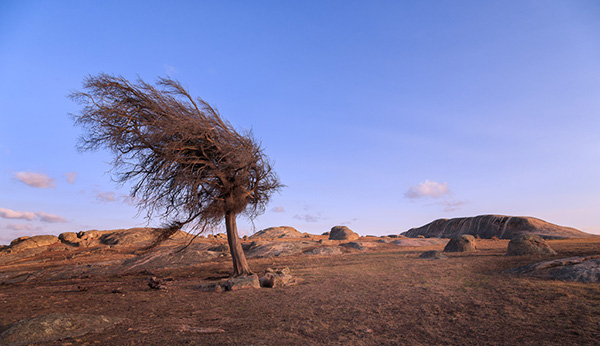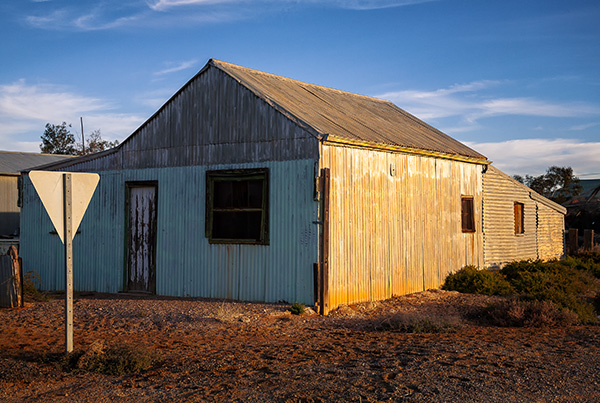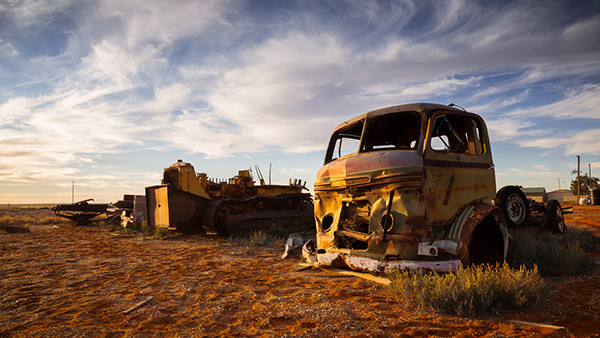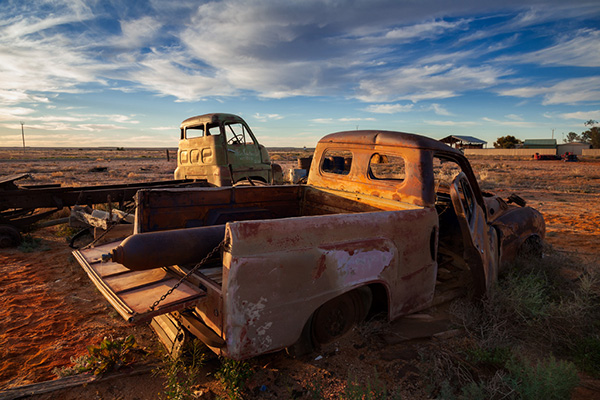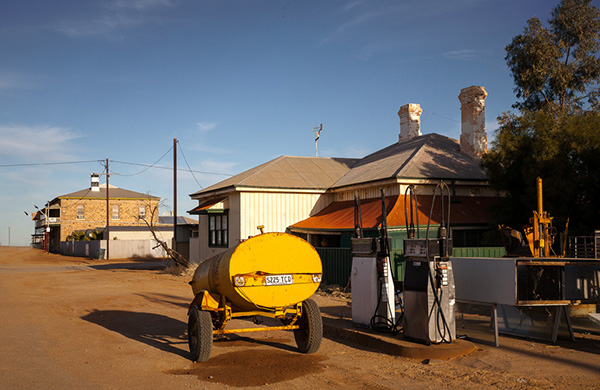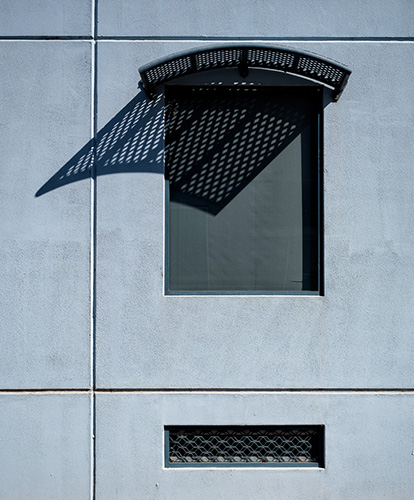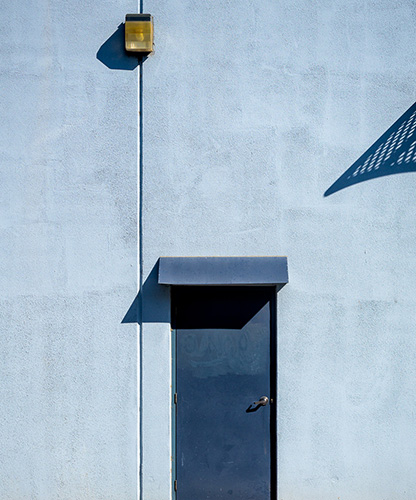I am a member of the Point Cook Camera Club, a recent club competition had the set subject of “Panoramas”. It has been a while since I have tried to make a proper panorama. I have read the theory about tripods and nodal points and such, and all that hard brain work put me right off them, not to mention having to join them together yourself in the early days before Photoshop introduced its Photomerge function.
My first attempts were made with PTGui, a very clever program but one that was a little beyond my skills at the time. One of the issues for me at the time was trying to deal with lens distortion, never did manage to get that right.
Not long back I read an article on Luminous Landscape by Kevin Raber, explaining a simple method for taking the images needed for a successful panorama. It semed easy enough so I had a few tries at it.
For the camera club competition, I took two panormas, one at a favourite shooting place near Geelong; Dog Rocks. And another on the outskirts of Werribee. The Dog Rocks panorama has 7 images and the Werribee Badlands panorama is 9 images stitched together using the Photomerge function in Photoshop.

